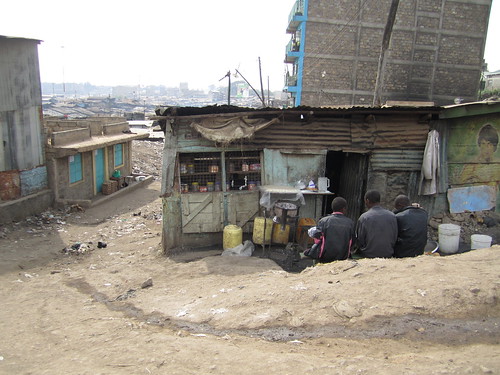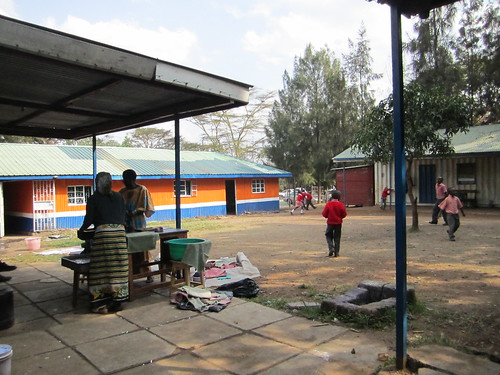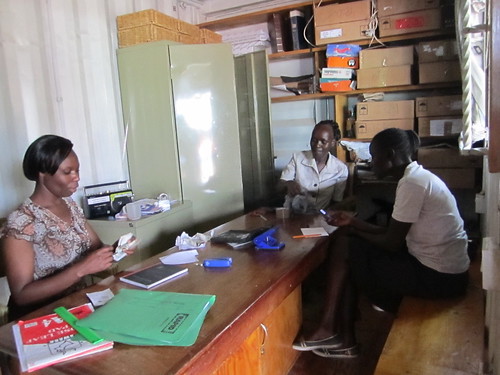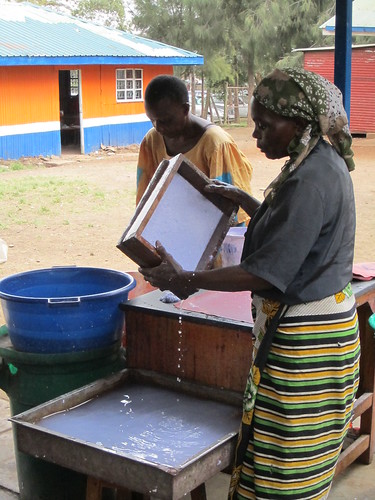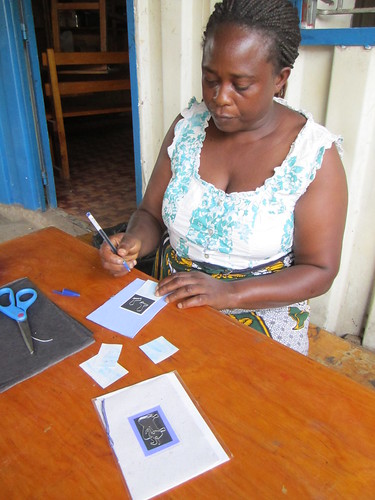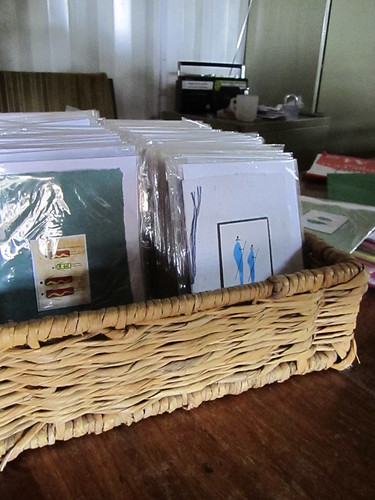This blog is more than just a travelogue, as my goal is to attempt to delve into the complexities of housing rights…the fight to fix them, the Kenyan Government, IGOs, development plans, indigenous populations, and diminishing resources…but still to present Kenya through my eyes.
This is a great opportunity to explore a beautiful and diverse country (and people), whose image has been marred by unfortunate events and nicknames like “Nairobbery.” Kenya is more than safaris (though what an amazing experience, right??) and Obama, just as the settlements are more than human suffering and bleak conditions. I had told myself before getting to Kenya that I want to show what life is like here. So in addition to showing the inequality and despair of the settlements, I was going to make a concerted effort to show more of the culture and hope that comes out of them, too. Because, let’s face it, you don’t find a lack of culture and personality anywhere in Kenya – in Mombasa, Turkana, the Mara, or the settlements.
So then there is Kibera. Kibera takes on many faces, depending on who you talk to. To government officials, it is an eyesore and a problem (but also votes). To people from other areas, it is a place filled with trouble-makers and whiners (“Just look at how they rip up the railroad at the slightest instigation! They are babied by the government,” they say). To the people of Kibera, it is home. One look at the Kibera News Network site gives a glimpse of all the community-building, encouraging, and cultural things to come out of Nairobi’s biggest settlement. Fashion shows, picnics, and artisans all abound in the area.
People just seem not to look for these aspects of life, or maybe they are overshadowed by the extreme poverty. We have a tendency to be fascinated with human suffering – the train-wreck effect. We can’t look away. Life in these settlements is so hard for us to comprehend – “us” being the typical Westerner, we focus on those aspects that make us feel pity, even make us feel compelled to act, to pressure for change, or just to give thanks for our own status in life. Isn’t this the main compulsion behind the slum tours mentioned before (here and here)? I am not saying that this is bad, necessarily; actually, it is amazing that despite thousands of miles, differences in culture and language, we can still feel connected to each other through the human aspect. True, life in these settlements is hard. It is dangerous. It is inequitable, and there can be a sad complacency for their “lot in life,” but there is also that resiliency. These are still people, and they are beautiful and diverse and active. They don’t lose that because they live in a slum.
My first week in Kenya, while perusing an ex-pat haven of a market, I came across a group of women selling cards. Their tent was bare, not filled with the marketing ploys and gimmicks of the other more savvy artisans. They simply had two boxes of cards and a sign. The cards were beautiful, hand-painted on recycled paper, each signed by the woman who put the time into its creation, each artist a woman of Kibera. After doing some research on Kibera Paper, I was pleasantly surprised to find that it calls my own base of Kenyatta Market home. And then I was even more pleasantly surprised to find that Hakijamii’s resident part-time office assistant, Beatrice, also used to work at Kibera Paper.
On two separate days, Beatrice clasped my hand in hers and marched me across the street to St. Luke’s Kenyatta Parish to introduce me to her other “family.” The women of Kibera Paper are sweet, welcoming, and humble. The operation, started in 2001, is tiny and shares space with the church and with a school, but it employs 24 women, single mothers and widows, and allows them the flexibility of a steady wage – to pay for rent, dinner, and school fees. Most of these women have worked for Kibera Paper for 7+ years.
The idea is simple, but resourceful – take scraps of office paper off of business’ hands. Turn it into a pulp, dye it, turn it back into paper, and personalize it as a Kenyan piece of art. And for 100 shillings each (around $1.20), they are cheaper than any greeting card I’ve seen in Target.
Like Kazuri Beads, Kibera Paper saw an opportunity to help a marginalized and vulnerable group, single mothers, empowered them to learn a skill, and improved, at least slightly, the monthly income they bring home. They are not receiving hand-outs. No one I have met from Kibera has ever asked for a hand-out. They are making an honest living and are happy for that.
Posted By Kristen Maryn
Posted Jul 13th, 2011


